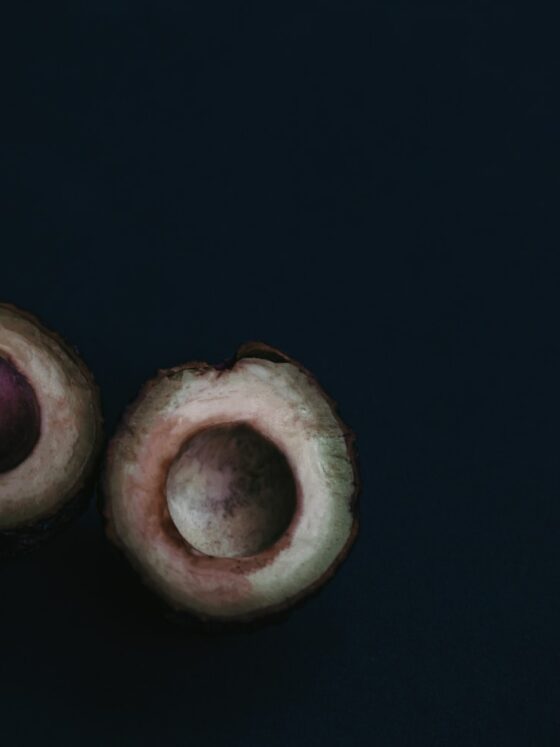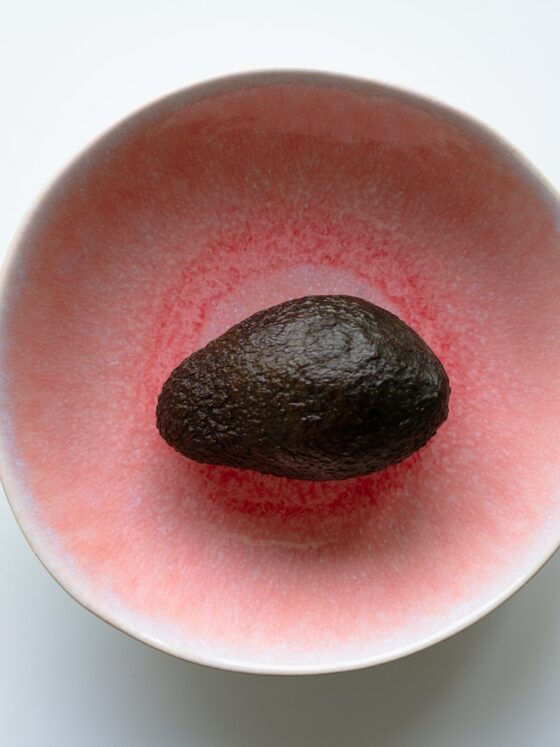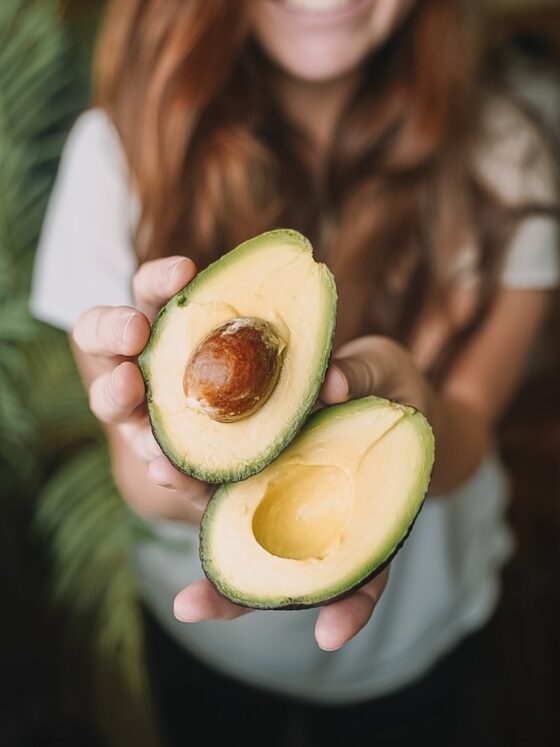As such, it is important for us to know the nutritional value of the foods we put into our bodies. After all, what we put into our bodies largely determines our body shape, energy levels, and general feeling throughout the day.
How does this relate to avocados, you ask? Well, the avocado is a bit of a strange player in the nutrient game. On the one hand, it contains a lot of healthy fats and fiber which can be quite healthy, but on the other, it is also dangerous to consume in large quantities.
If you go to the gym or are generally well-acquainted with the concept of nutrients and healthy dieting, you will know how important protein is to proper organism functioning. It helps build lean muscle and keep us full for longer and is one of the most efficient ways to put fuel into our bodies.
So it is in this way that we come to the central question of this article: does avocado have protein?
The answer is not as simple as a mere yes or no. There is a multitude of factors to consider when answering this and it all depends on how we view fruit, protein, and macronutrients. This article will aim to explain in-depth just what kind of nutrient structure an avocado has and thus shed more light on, among other things, its protein content.
Avocado and protein
The avocado is a single-seed berry (aka a fruit, not a vegetable). Being a fruit, it should not contain a large amount of protein, and it does not. Among fruits, it is not even among the highest ranking in protein content. Why, then, are so many people fixated on eating avocado for the protein?
It is somewhat of a mystery, as avocado by itself contains only a small amount of protein per gram, even less than some other fruits and drastically less than vegetables like spinach (which contains more protein per gram than meat). This especially becomes pronounced when we take into account the common serving size of an avocado, which leaves you with around one to, at best, two grams of protein per serving, which is certainly not enough for a meal. Hence it is strongly recommended that you pair an avocado dish (either toast or what have you) with something richer in (lean, preferably) protein.

One good thing about avocados when it comes to their protein content is that they contain all of the 8 essential amino acids (amino acids that are not produced in an adult’s body). This is quite rare in non-animal products, with exceptions being some plant products such as soy. Sadly, however, the sheer amount is nowhere near enough to warrant basing your protein supply on avocados. You should leave that to beans, spinach, soy, meat, etc.
Other benefits
However, just because avocado does not contain protein should not make you dismiss it as a non-nutritious food. Expecting an avocado to meet all of your protein needs is sort of like expecting a musician to paint a good oil painting (unless the musician also happens to be an oil painter, in which case this analogy falls to bits). However, the musician (if they are a rock guitarist) could probably play you a pretty sweet rock lick.
It is the same with avocados. Avocado will not give the protein hit that chicken, nuts, soy, or even spinach might, but it is full of other nutrients that are very beneficial for our bodies.
For example, an avocado contains plenty of healthy fats. We have already mentioned this, but it should be noted that it is wonderful that you can use avocados to get your fat healthily. Being fruit, there is no cholesterol in an avocado, and you can thus get your fat supply without many negative consequences.
That said, however, fat is still fat, and it is essential that you do not consume too much avocado and overload yourself with fats. Portion control is important, so make sure you regulate your consumption. This is also why you cannot simply eat more avocado to get your protein needs met. Eating more avocado also means you will ingest a lot more fat than protein per gram, which is bad for overall body function.
Avocado also contains plenty of good fiber which aids in digestion and is thus a great complement to meals that are richer in protein. Like protein, fiber also tends to contribute to you feeling full. Thus, the combination of those two should keep you both healthy and satiated.
Avocados likewise have carbohydrates, though not a lot of them. A single serving will usually contain around four grams of carbohydrates. Carbohydrates have gotten a bad rep over the years when it comes to dieting and healthy eating. Rest assured, however, that this is an entirely reasonable amount and that eating an avocado is far from eating a chocolate bar.
Serving and eating avocado
Keeping all of this in mind, is it then possible to use an avocado in a different way than a protein source? While the fruit does contain a small amount of protein, that amount is completely overshadowed by its fiber and fat content. In this section, we will give you some meal recommendations which should hopefully inspire and show you that avocado can still be used in a whole sleuth of delicious meals as a complement to more protein-rich foods.
When it comes to avocado dishes, guacamole and avocado toast first come to mind. As guacamole is simply a dip used most commonly in tandem with potato chips, we will not discuss it in detail. Avocado toast is a good option when it comes to snacks or light meals, but should not be used as a replacement for a full, protein-rich meal as the bread and avocado combination is not best suited for that.
When we start combining avocado with protein-rich animal products and even perhaps some plant-based sources such as soy, that is when we really start talking. For example, if you are eating a dish with chicken and a vegetable or potato side, then you can use an avocado paste as a sauce replacement for mayonnaise or ketchup. Not only is this a healthier alternative, but it will give you an opportunity to enjoy your avocado and still get a filling meal loaded with protein which will keep you satiated for a while. This way of eating it also works great with turkey (and many other types of meat).
For a vegetarian option (a Lacto-Ovo vegetarian option), a great complement to avocados is eggs. You can incorporate these two ingredients together in a plethora of different ways. One of them is simply adding avocado to scrambled eggs and making a type of avocado omelet for a delicious and nutritious meal. Another is doing the same but using only egg whites to cut down on the cholesterol.
If you are looking for something healthy, delicious, but also unusual, then you can try baking and egg inside an avocado. Simply halve an avocado, pit it, and then break open an egg and pour it into the “hole” (so to speak) in the middle of the fruit (where the pit used to be). Then bake it for as long as it takes for the eggs to be done. You can also serve this meal with some vegetables, like on a bed of steamed spinach for example for extra nutrition and fanciness.
Final thoughts
In the fitness and healthy eating game, the avocado is somewhat of a cornerstone of the nutritious diet. Brimming with healthy fats, with relatively low carbohydrate content and nonexistent cholesterol, it is precisely the energy source one is looking for if “clean eating” is a concern.
However, we should not expect it to do everything, and one thing the avocado certainly does not deliver on is protein content. It simply does not contain enough protein per gram to make it a reliable long-term source.
Instead, the avocado should be carefully but creatively combined with other foods to make delicious meals which will still provide you with all the nutrients you need to stay happy and healthy. We have given you some recommendations in this article but do not hesitate to try out your own combinations. The only important thing is that you love them and that they fulfill your needs and desires (within healthy reasons, of course).
The avocado may not be our go-to source of protein, but it still is an amazing little (or not-so-little) fruit which we all enjoy eating. Hopefully, after reading this article, you will have a better idea of its nutritional value (or at least having the question “does avocado have protein?” answered) and good ways to incorporate it into your diet.












